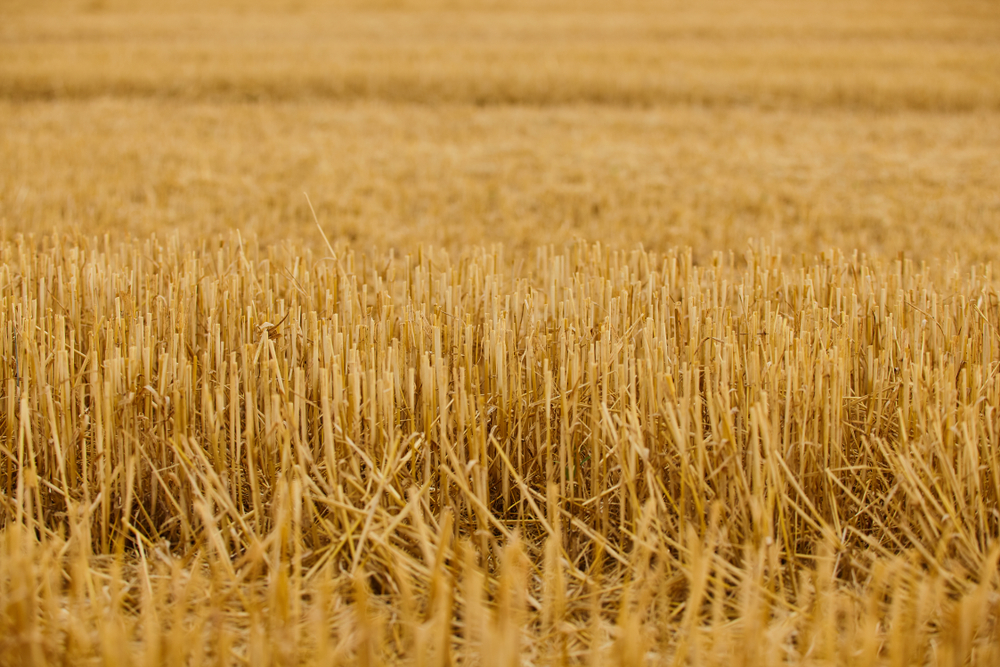Climate sensitivity has emerged as a widespread phenomenon with profound implications on every aspect of the natural world. The impact on agriculture due its consequences on a global scale has been a worrisome issue. The second-largest global producer of wheat- India, continues to remain deeply overwhelmed by the crop’s sensitivity to the increasing levels of temperature.

A study published in Nature was led by an international team of researchers including Professor Ruth DeFries from Columbia University, New York and Professor Ashwini Chhatre, from Indian School of Business, Hyderabad. Their study calculated that by the year 2040, if the agricultural practices remain unchanged as of now, a predicted 5% decrease in wheat yield and 12% rise in water footprints is projected when compared to sorghum (Jowar) having only 4% increase in its water footprint.
In India’s rabi season, there is an emphasis on climate-smart agriculture that directs attention to sorghum, often referred to as the “camel of cereals.” This nutritious grain is sturdy to temperature variations and requires less water compared to wheat, making it a promising alternative if efforts can be made to enhance its yields.
Climate and Yield Correlations
Despite experiencing increased yields, rabi sorghum production has declined primarily due to a decrease in cultivated area. Through a research study, the relationship between temperature and cereal yields in India has been investigated, shedding light on the vulnerability of wheat crops to rising temperatures during the rabi season. Wheat responds differently to high levels of temperature at its different growing phases. The most affected is the generative (reproductive) phase. Elevated temperatures lead to decrease in pollen viability which in turns affects fertilization and subsequently grain development.
The findings reveal a noteworthy negative correlation between wheat yields and maximum daily temperatures. For each one-degree Celsius increase in temperature, there is an associated decrease in wheat yield, roughly amounting to an overall 3-4% reduction.
Interestingly, precipitation does not significantly impact wheat yields, considering the reliance on irrigation or residual moisture. According to the predictions made possible by climate models, by the year 2048–52, the wheat season is expected to experience a rise in daily temperatures thus resulting in an overall decrease in wheat yields ranging up to 2.4 to 10.3%.
However, these projections do not account for factors such as improved varieties, management practices, and the effects of atmospheric carbon dioxide, which can influence yields.
In contrast, Sorghum exhibits a less pronounced connection with temperature, as it is influenced by factors such as precipitation and radiation. The research study discovered a positive relationship between sorghum yields and temperature, suggesting that higher temperatures, coupled with reduced precipitation and increased radiation, contribute to increased sorghum production during the early growth stage.
However, the study also emphasized the impact of soil characteristics on sorghum yields, with less fertile soils leading to lower yields.
These findings highlight the temperature sensitivity of wheat and the potential resilience of sorghum in the face of climate change. As India faces rising temperatures and changes in precipitation patterns, it becomes imperative to adopt robust climate strategies in agriculture. Promoting the cultivation of cereals like sorghum, which has exhibited lower sensitivity to temperature, could serve as a viable alternative to wheat in semi-arid regions.













